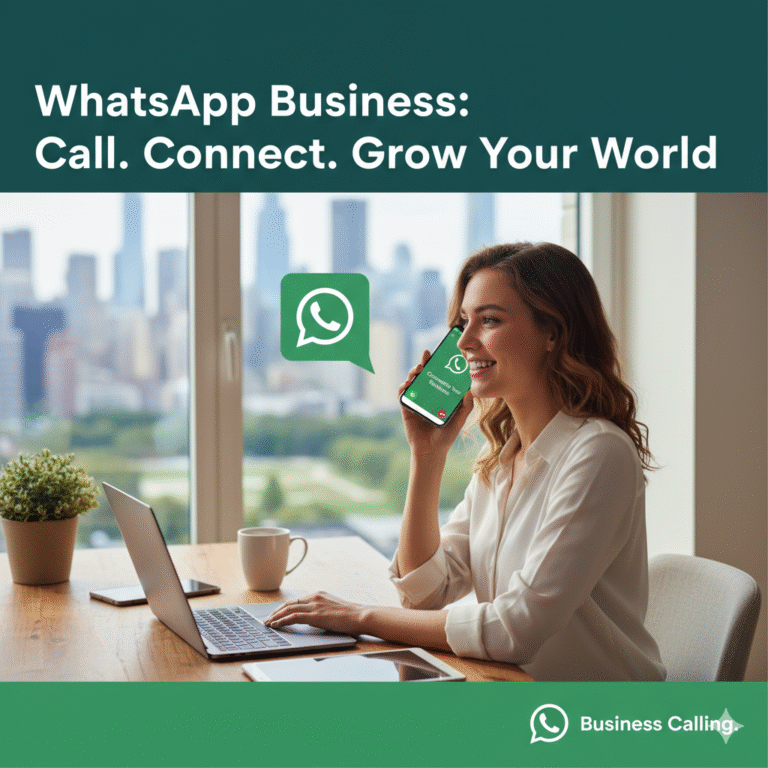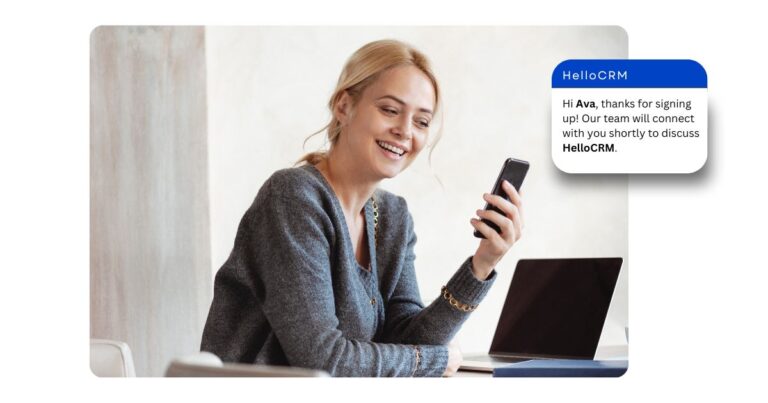Omnichannel communication is all about creating a seamless, interconnected experience for customers across multiple touchpoints. In today’s fast-paced, digital-first world, customer expectations are higher than ever, and they want brands to meet them on their preferred platforms—whether that’s SMS, WhatsApp, email, or live chat.
For businesses, leveraging an omnichannel strategy can make a significant difference in building long-term relationships and driving retention. Here’s why an omnichannel approach is crucial for customer retention in 2024 and how each platform can contribute to a cohesive, engaging experience.
Why Omnichannel Matters More Than Ever
Customers today want simplicity and consistency. They want to interact with brands in a way that’s convenient for them, moving effortlessly between platforms. Omnichannel communication gives brands the flexibility to meet these needs, making sure customers feel heard and valued no matter where they’re interacting. This kind of approach doesn’t just drive engagement; it builds trust, strengthens loyalty, and, ultimately, improves customer retention rates.
Here’s how an effective omnichannel strategy—including SMS, WhatsApp, email, and live chat—can support customer retention goals and enhance every stage of the customer journey.
1. SMS: Direct, Immediate, and Personal
SMS has become a go-to for businesses because of its directness and immediacy. With a high open rate (often over 90%), SMS ensures that important messages reach customers quickly, whether it’s a special offer, an appointment reminder, or order confirmation. It’s also versatile, making it a great tool for sending updates and handling time-sensitive communications.
Example: Send a quick “Hi [Customer Name], just a reminder that your appointment with us is scheduled for tomorrow at 10 AM. Reply YES to confirm or let us know if you need to reschedule!” This message gives customers control and flexibility while keeping them informed.

2. Email: Detailed, Informative, and Broad-Reaching
Email remains a staple of omnichannel communication because of its ability to handle more detailed information. From product updates to newsletters, emails can be an effective way to share valuable content that customers can return to at their convenience. Email can also be personalized, segmented, and automated to suit each customer’s needs, which helps build a connection with your audience over time.
Example: If a customer just completed a purchase, a follow-up email can be sent with information like “How to Care for Your Product” or suggestions for similar items. This personalized touch keeps them engaged even after the transaction, positioning your brand as attentive and helpful.
A well-timed email strategy can help remind customers of your brand, educate them about products, and build long-term loyalty.
3. WhatsApp: Engaging, Visual, and Conversational
WhatsApp is known for its conversational tone and multimedia capabilities, making it ideal for customer service and engagement. WhatsApp allows brands to send images, videos, and voice messages, which can enhance omnichannel communication and give a personal touch. It’s a platform that feels more informal and accessible, which is perfect for engaging customers on a deeper level.
Example: Let’s say a customer purchases a product online. You could send a WhatsApp message with a video guide, saying, “Thanks for your purchase! Here’s a quick video on how to get the best out of your new product. Let us know if you have any questions!”

With WhatsApp, you can go beyond text to create a memorable experience for the customer. This not only improves satisfaction but also makes them more likely to stay loyal to your brand.
4. Live Chat: Fast, Interactive, and Instant Support
Live chat is the ultimate tool for customers who need help right away. Whether they have a question about product availability, order status, or troubleshooting an issue, live chat provides immediate responses, which significantly improves customer satisfaction and shows that your brand is there to support them when needed.
Example: If a customer is navigating a website, they can quickly get assistance without leaving the page. Live chat keeps them engaged and makes it easy for them to continue their journey with your brand, knowing they’re backed by support.
How CRM Messaging Can Help
With CRM Messaging, you can manage all these channels—SMS, WhatsApp, email, live chat, and phone calls—in one unified platform. By keeping all your omnichannel communication in one place, CRM Messaging ensures that no customer interaction goes unnoticed, allowing your team to follow up, respond, and engage with customers more effectively and efficiently.
Beyond integration, CRM Messaging provides automated and personalized messaging options that allow you to craft tailored campaigns and responses based on customer behavior. This level of personalization, combined with ease of use across channels, ensures that your customers feel prioritized and valued, driving long-term retention.
Conclusion
In 2024, omnichannel communication isn’t just a trend; it’s a necessary approach for businesses looking to build loyalty and keep customers engaged. Each channel—SMS, WhatsApp, email, live chat, and phone—plays a unique role in crafting a seamless customer experience. CRM Messaging’s unified platform makes it easy for brands to implement an effective omnichannel strategy that not only meets customer expectations but also encourages retention through consistent, high-quality interactions. Get in touch with our experts today and leverage the perks of omnichannel communication. Click here to book a free demo!


